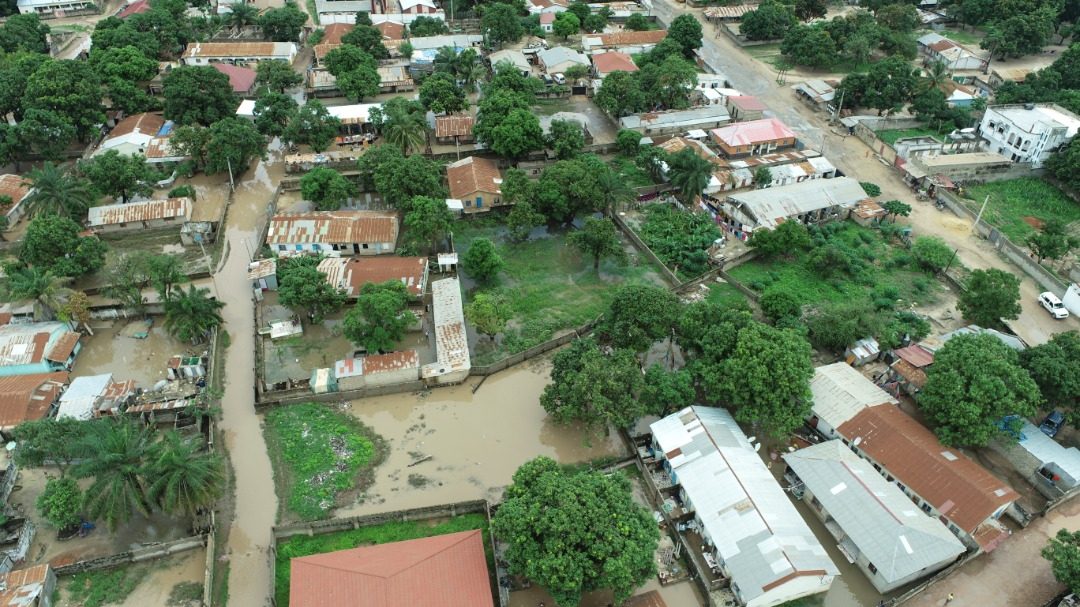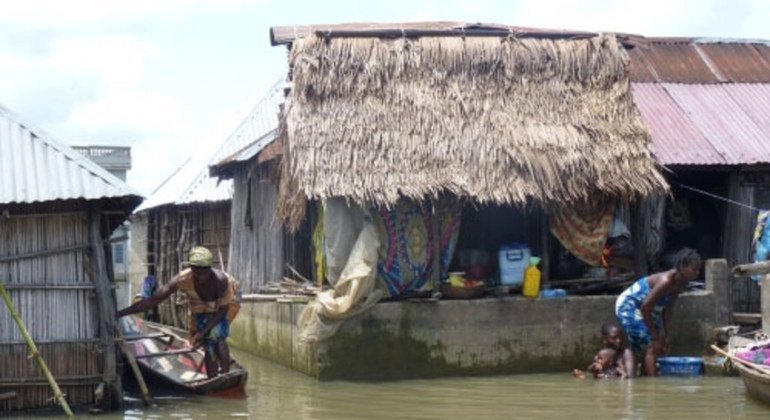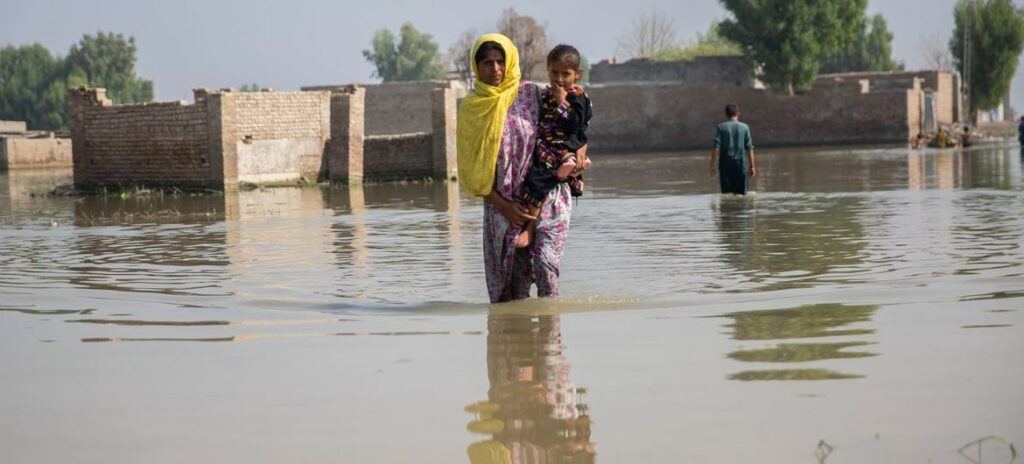In response to the severe flooding that affected The Gambia in July and August 2022, IHP, with Norway’s contribution, played a pivotal role in supporting the United Nations Disaster Assessment and Coordination (UNDAC) team’s operations. The floods, which struck on July 30-31 and again on August 4-5, caused significant destruction across Greater Banjul, North Bank, Central River, and Upper River regions, displacing over 7,400 people and affecting more than 50,000 others.
Norway, through its participation in the International Humanitarian Partnership (IHP), responded by providing critical Information and Communication Technology (ICT) support to the UNDAC team on the ground. The floods caused widespread damage to infrastructure, including communication networks, making it difficult for relief teams to effectively coordinate efforts. To address this challenge, Norway deployed advanced ICT kits, which included satellite communication devices, mobile internet hotspots, and portable power solutions. This deployment enabled the UNDAC team to maintain reliable communication in the affected areas, ensuring that response teams could share data in real-time and make informed decisions.
The ICT resources provided by Norway were crucial in establishing a solid communications framework, which facilitated coordination between humanitarian organizations, local government agencies, and the affected communities. The secure and continuous communication allowed responders to assess the damage, prioritize relief needs, and mobilize resources effectively.
With limited infrastructure in place due to the floods, Norway’s contribution ensured that the UNDAC team could overcome connectivity barriers and support efforts to mitigate the crisis. This timely ICT intervention played a vital role in optimizing the response and ensuring that aid reached the most vulnerable populations in a timely manner.
The operational support provided by Norway, through IHP, enhanced the overall effectiveness of the humanitarian response in The Gambia.
Cover Photo Credit: UNOSSC



